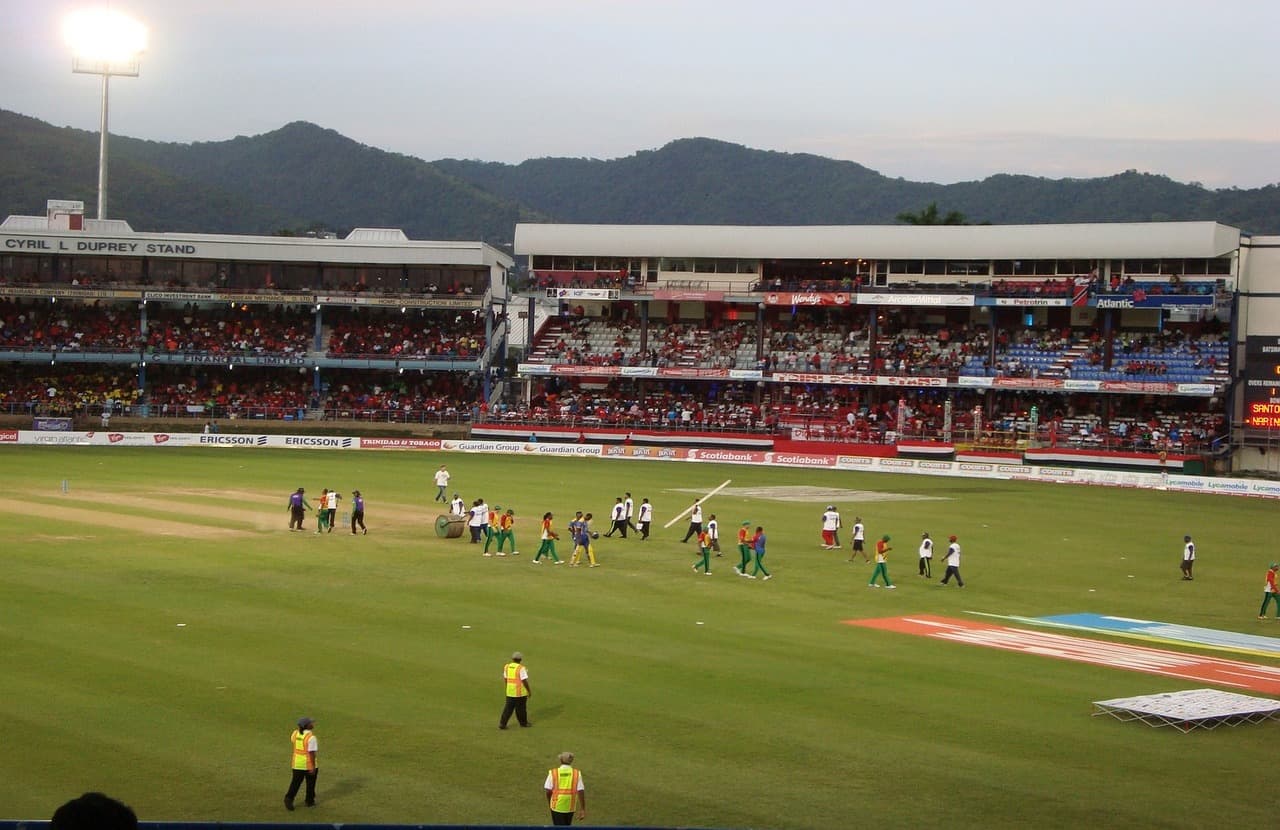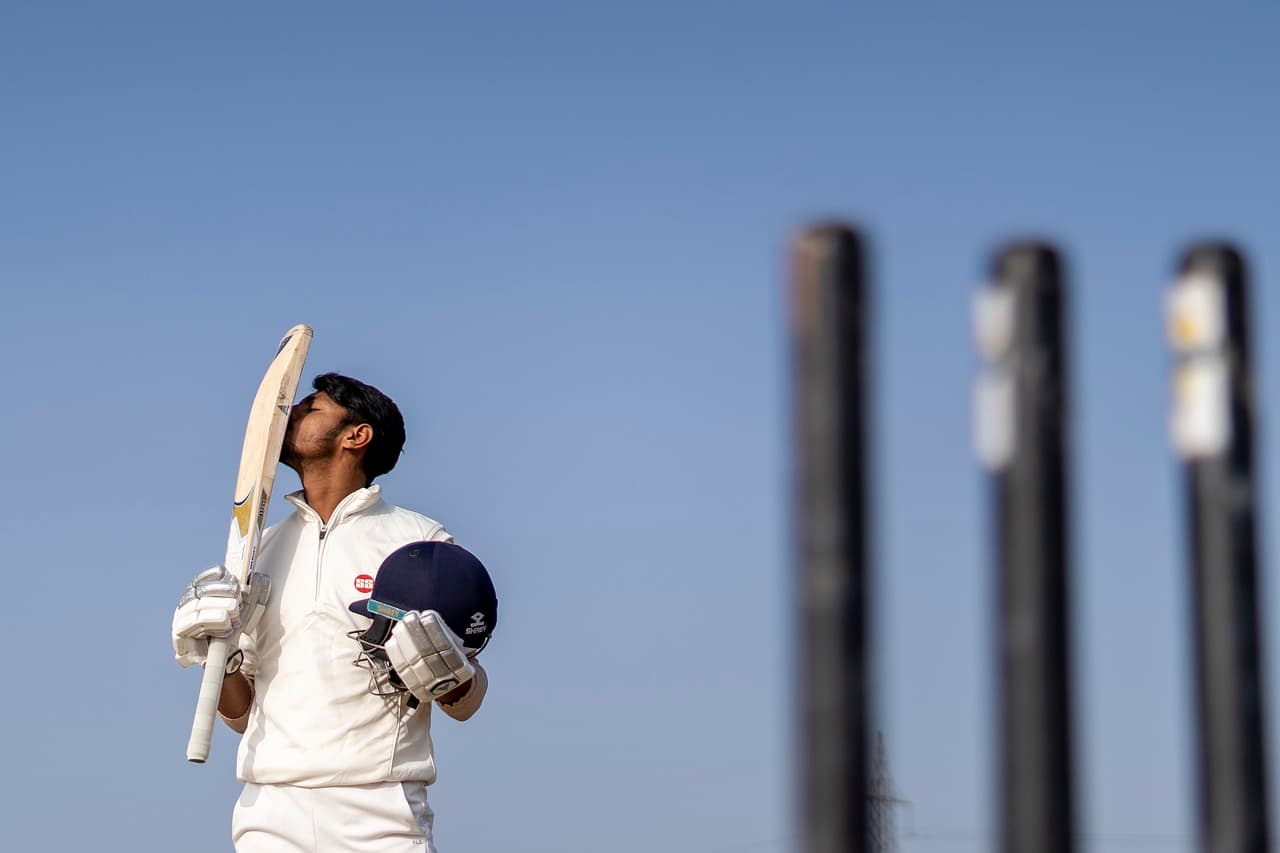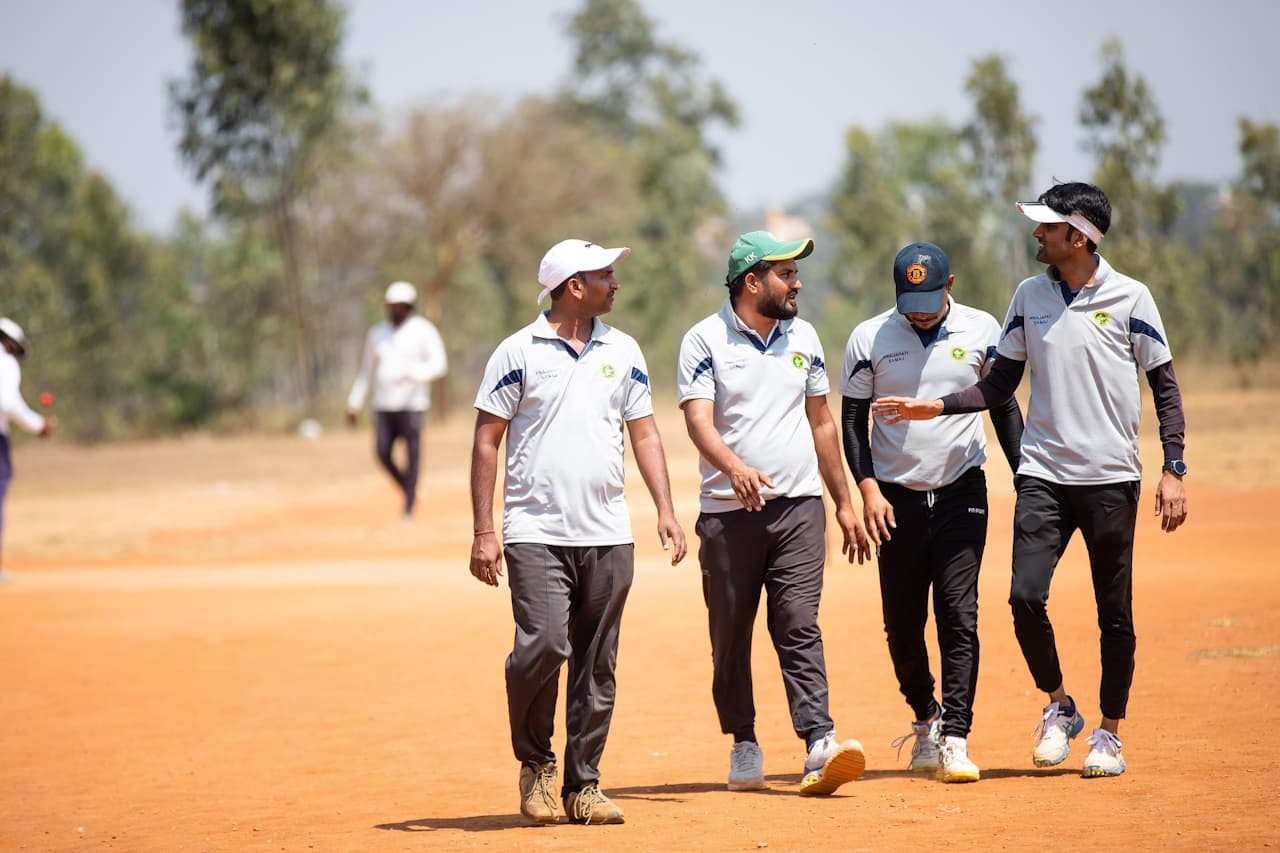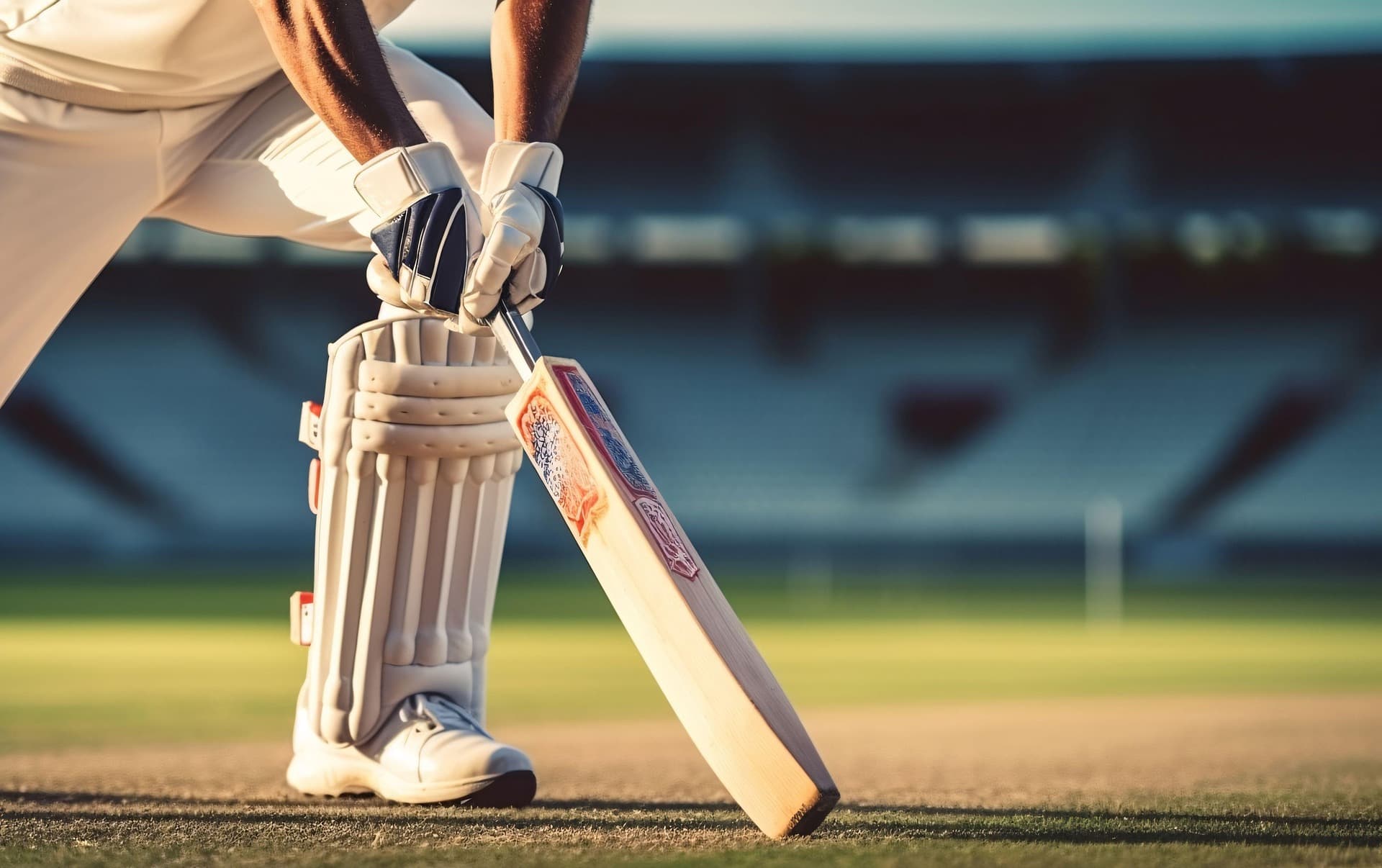The DRS stands for Decision Review System, a technology-based review system that allows teams to challenge on-field umpire decisions. First introduced in international cricket in 2008, DRS has revolutionized the game by adding an extra layer of accuracy to umpiring decisions.
How Does DRS Work?
The DRS process involves multiple steps to ensure accurate decision-making:
- Player Signal: The captain (or the batter/bowler involved) signals a "T" shape with their hands to request a review.
- Timer: The team must request the review within 15 seconds of the umpire's decision.
- Third Umpire Review: The third umpire uses various technologies such as ball-tracking, UltraEdge, and HotSpot to review the decision.
- Final Verdict: The third umpire reviews all available evidence and communicates the final decision to the on-field umpire.
When Can DRS Be Used?
DRS can be used in the following scenarios:
- LBW Decisions: Check ball impact, pitching, and trajectory towards the stumps.
- Caught Behind Appeals: To detect edges using UltraEdge or Snickometer.
- Boundary Decisions: To confirm whether the ball touched the boundary rope.
- Bat-Pad Decisions: To determine if the ball hit the bat before striking the pad.
How Many DRS Reviews Are Allowed?
The number of DRS reviews allowed per inning varies based on the format of the game. Here's a breakdown:
| Format | Number of Reviews Per Innings |
| Test Cricket | 3 |
| ODI Cricket | 2 |
| T20I Cricket | 2 |
DRS Review Rules in Different Formats
Test Matches
- Each team is allowed three unsuccessful reviews per inning.
- Successful reviews do not count against the quota.
- Reviews reset after 80 overs.
One Day Internationals (ODIs)
- Each team can take two unsuccessful reviews per inning.
- Retained if the decision is overturned.
T20 Internationals (T20Is)
- Teams are allowed two unsuccessful reviews per inning, making DRS crucial in the fast-paced format.
Technologies Used in DRS
Several advanced technologies are utilized to assist in decision-making:
| Technology | Purpose |
| Ball-Tracking | Predicts the ball's path towards the stumps |
| UltraEdge | Detects faint edges using sound and vibration |
| HotSpot | Uses infrared imaging to detect ball impact |
| Hawk-Eye | Provides predictive ball-tracking visuals |
Explanation of Technologies
- Hawk-Eye (Ball-Tracking): Uses multiple camera angles to predict whether the ball would have hit the stumps.
- UltraEdge: A sound-based technology that detects the faintest edges between bat and ball.
- HotSpot: Infrared imaging that highlights heat generated by ball impact.
Controversies Surrounding the DRS
Despite its advantages, the DRS has not been without controversy. Some of the common issues and criticisms include:
- Umpire's Call Rule: If a decision is too close to overturn, the original call stands, leading to frustration among players and fans.
- Technology Limitations: Technologies like UltraEdge and ball-tracking are not foolproof and have occasionally given inconclusive results.
- Strategic Misuse: Some teams use DRS tactically rather than for apparent errors, leading to potential wastage of reviews.
Famous Controversies
- Sachin Tendulkar's LBW dismissal in 2011: A controversial decision in the World Cup.
- 2019 Ashes Series: Several contentious LBW calls created heated debates.
- 2021 India vs England series: Questions raised about ball-tracking accuracy.
Advantages of the DRS
The introduction of DRS has brought several benefits to cricket, including:
- Fairness: Reduces umpiring errors, ensuring fair outcomes.
- Transparency: Provides insights into how decisions are made.
- Player Confidence: Allows players to challenge decisions they believe to be incorrect.
- Fan Engagement: Helps viewers understand decisions better with detailed graphics.
Disadvantages of the DRS
Despite its benefits, DRS also has some drawbacks:
- Expensive Setup: The technology is costly and unavailable in all domestic matches.
- Delays: Frequent reviews can slow down the pace of the game.
- Human Interpretation: Technology requires human judgment, sometimes leading to errors.
- Over-Reliance: Players may rely too much on DRS rather than improving their judgment skills.
The Evolution of DRS
The DRS system has undergone significant improvements since its introduction. Initially facing resistance from cricketing boards and players, it is an essential part of the game today.
Here are some key milestones in the evolution of DRS:
- 2008: First used in a Test match between India and Sri Lanka.
- 2011: Introduced in the ICC Cricket World Cup.
- 2016: The Umpire's Call concept was refined to provide better clarity.
- 2018: Mandatory usage in all ICC tournaments.
- 2020: Expanded to all T20I matches.
Interesting Facts About DRS
- The first-ever DRS review in cricket was taken by India in 2008 against Sri Lanka.
- DRS is not used in all domestic competitions due to its high cost.
- Some players, like MS Dhoni, have been known for their exceptional success rate with DRS.
Conclusion
In conclusion, the Decision Review System (DRS) has become integral to modern cricket. It enhances the accuracy of umpiring decisions and ensures fair play, but it is challenging.
As technology advances, the DRS system will evolve further, making cricket an even more precise and enjoyable sport for players and fans.




